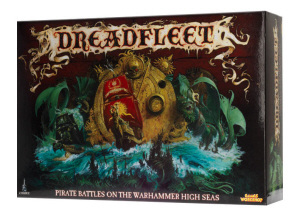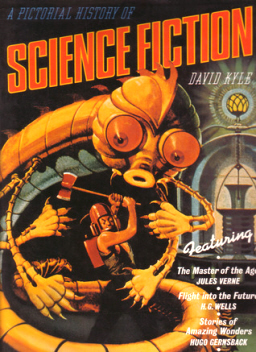Blogging Sax Rohmer’s The Mask of Fu Manchu – Part Three
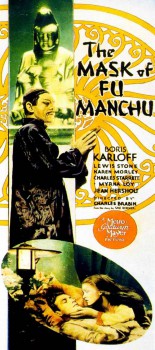
 Sax Rohmer’s The Mask of Fu Manchu was originally serialized in Collier’s from May 7 to July 23, 1932. It was published in book form later that year by Doubleday in the US and the following year by Cassell in the UK. It became the most successful book in the series thanks to MGM’s cult classic film version starring Boris Karloff and Myrna Loy that made it into theaters later that same year.
Sax Rohmer’s The Mask of Fu Manchu was originally serialized in Collier’s from May 7 to July 23, 1932. It was published in book form later that year by Doubleday in the US and the following year by Cassell in the UK. It became the most successful book in the series thanks to MGM’s cult classic film version starring Boris Karloff and Myrna Loy that made it into theaters later that same year.
The third part of the book sees Sir Denis Nayland Smith, Dr. Petrie, Sir Lionel Barton, and Shan Greville make their way to the Great Pyramid where Sir Lionel will hand over the relics of El Mokanna to Dr. Fu Manchu in exchange for the release of his niece, Rima, who is being held hostage. Sixty Egyptian police officers are employed to surround the Great Pyramid in an effort to bring Fu Manchu to justice and to aid the others in the event they are walking into a trap. Sir Denis insists that Petrie and Barton stay behind while he and Greville make their way to the King’s Chamber, the arranged meeting place.
Rohmer wrings every last bit of suspense from Smith and Greville’s descent into the King’s Chamber. Having actually made the journey himself prior to writing the book enabled him to perfectly capture the claustrophobic anxiety of his heroes’ predicament. Upon arriving in the King’s Chamber, they find Dr. Fu Manchu awaiting them. The fact that he handles the matter in person without any bodyguards emphasizes the new strength and confidence with which Rohmer has imbued the character now that he has at last perfected the elixir vitae.
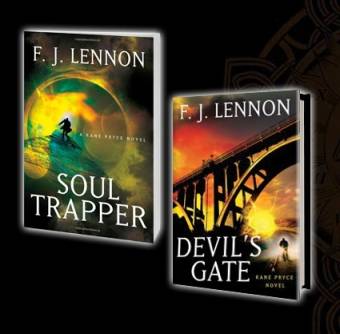
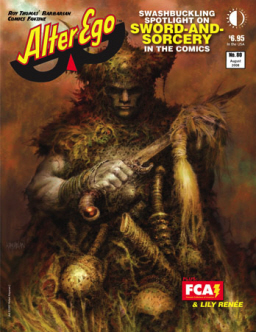
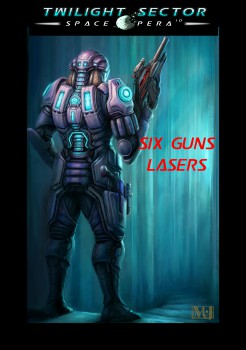 If you’re a gamer, you’ve probably heard of the renowned Traveller role-playing game of science fiction in the far future. And if you’ve played Traveller recently, you MAY have heard of
If you’re a gamer, you’ve probably heard of the renowned Traveller role-playing game of science fiction in the far future. And if you’ve played Traveller recently, you MAY have heard of 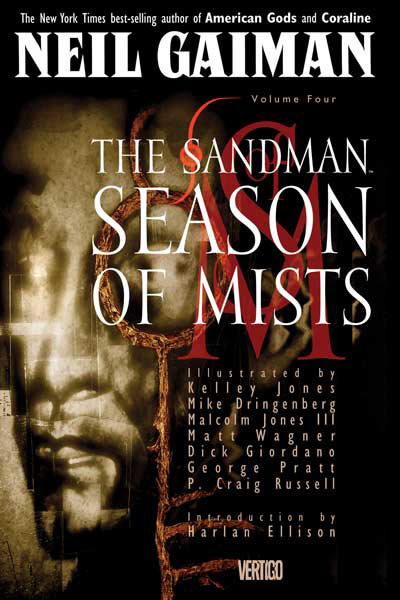 For a week, I experienced the delightful illusion that I held the whole tradition of myth and mythic literature in my head at once. Gilgamesh to Gaiman, it floated in a perfect structure of interconnectedness. I could see through time. Then I wrote the final exam, and the illusion dissolved instantly.
For a week, I experienced the delightful illusion that I held the whole tradition of myth and mythic literature in my head at once. Gilgamesh to Gaiman, it floated in a perfect structure of interconnectedness. I could see through time. Then I wrote the final exam, and the illusion dissolved instantly. One of their moves was to offer a knock-off version of the one undergraduate class Comp Lit could always get full enrollment for–the course that made it possible for my Comp Lit grad student friends to pay their rent and eat. That’s not hyperbole. I had classmates who lived in their cars during the summer because without their school-year teaching paychecks they had to choose between food and shelter.
One of their moves was to offer a knock-off version of the one undergraduate class Comp Lit could always get full enrollment for–the course that made it possible for my Comp Lit grad student friends to pay their rent and eat. That’s not hyperbole. I had classmates who lived in their cars during the summer because without their school-year teaching paychecks they had to choose between food and shelter.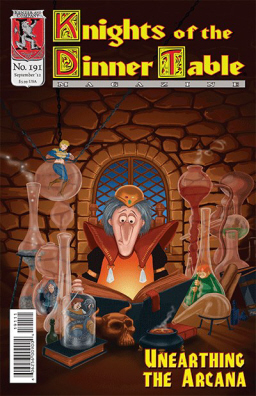
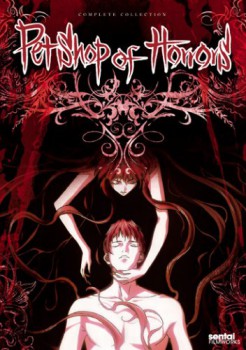 Originally a series of short stories appearing in manga (Japanese comic book) anthologies, Pet Shop of Horrors premiered on the Tokyo Broadcasting System as a series of short animated clips in 1999. Viewers would see a two-minute piece (usually between music videos or short films) every few days until an entire episode was completed. Four whole episodes were broadcast before the animated series was discontinued. The collected episodes were released in North America in 2000 by Urban Vision.
Originally a series of short stories appearing in manga (Japanese comic book) anthologies, Pet Shop of Horrors premiered on the Tokyo Broadcasting System as a series of short animated clips in 1999. Viewers would see a two-minute piece (usually between music videos or short films) every few days until an entire episode was completed. Four whole episodes were broadcast before the animated series was discontinued. The collected episodes were released in North America in 2000 by Urban Vision.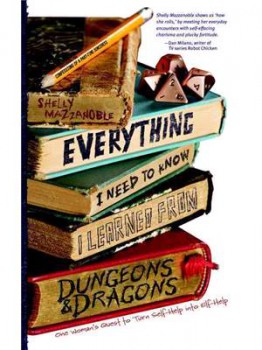 Everything I Need to Know I Learned From Dungeons & Dragons
Everything I Need to Know I Learned From Dungeons & Dragons